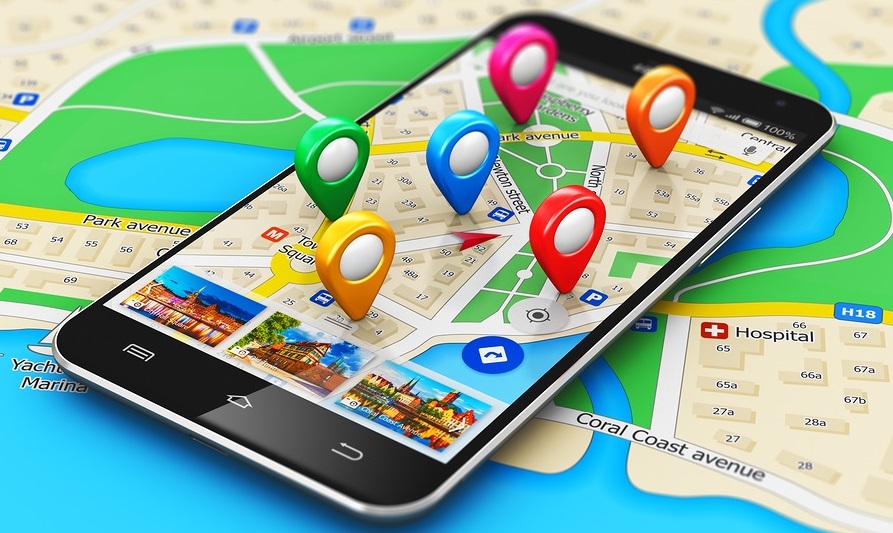New AdWords experience features and looking back at 2017
In an effort to help advertisers continue to reach mobile-first consumers, Google recently launched three features for the new AdWords experience.
Promotion extensions
According to Google, seven out of 10 internet users look for sales or discounts before visiting a store. With that in mind, Google introduced promotion extensions.
This new extension helps advertisers manage and serve up their promotions without having to create new ads. They can include a percentage off, a promotion code and offer period. Advertisers can also select one of 12 occasions to make seasonal offers stand out more. In the example above, “Black Friday” is one of the occasions available.
Photo credit: Google
Ad variations
Marketers know the importance of testing to understand performance and implement strategic optimizations. This is why Google announced ad variations in AdWords. This feature allows advertisers to easily test ad text across thousands of ads. The results are available when they are statistically significant. If an ad variation is performing well, advertisers can quickly replace the original ads.
Custom intent audiences
Custom intent audiences for the Google Display Network are another way for advertisers to target the right consumers. Google says advertisers can “reach people who want to buy the specific products you offer–based on date from your campaigns, website and YouTube channel.” Google can automatically create an audience that matches advertisers and provide planning data like reach and performance estimates.
As we learn more about these announcements and new features, we will continue to bring you updates. In the meantime, reach out if you have any questions.
Google in 2017 – in case you missed it
Below are highlights of Google announcements we covered throughout the year.
New message extensions on mobile
Mobile searchers can click to text a message to businesses within mobile search ads. To set it up, advertisers need to use a phone number that can accept texts, create a call-to-action message (limit of 35 characters) and create a pre-populated text message for users to easily connect after they click the extension.
Demo targeting for search campaigns
Advertisers can target using age and gender for search campaigns, can exclude specific demographics from seeing ads and customize bids for certain demographics. Advertisers need to think about intent and how to serve the right ads at the right times. Remember to strategically use this type of targeting to reach the desired audience and not exclude a significant segment.
 Location extensions for display ads
Location extensions for display ads
If you are familiar with location extensions on search, the display version works the same way. Ads can include photos, store location and business hours like the example shown here. Location extensions can be created at the account, campaign or ad group level and only text ads, responsive ads and 300×250 image ads will show them. Advertisers can opt out of this extension for their display campaigns.
New video reporting features
In an effort to help advertisers understand how many consumers they are connecting with through video ads, Google introduced Unique Reach in AdWords. This new feature shows the number of unique users and average impressions-per-user across devices, screens and platforms. Unique Reach also launched for Display and DoubleClick earlier this year .
Changes to AdWords exact match
The exact match setting in AdWords went through a significant change. Exact match transitioned from a syntactic match type (matching the search word for word) to a semantic match type (matching the meaning or purpose of the search).
Google Optimize and Google Surveys 360
Google took A/B testing to another level with Optimize. Without coding, marketers can now create landing page versions for any combination of AdWords campaigns, ad groups and keywords. Google Optimize can automatically identify which pages are performing and get more value from campaigns.
The Surveys 360 tool allows for survey creation and specific audience sampling. Through the integration with AdWords, advertisers can target surveys to consumers in remarketing audiences.
Google My Business Posts
Google My Business has the ability to display posts on listings. For multi-location brands, this new addition provides local business yet another way to connect with consumers, share information about their products and services and stand out from the competition.
Ad extensions for call-only ads
Google launched location extensions, callout extensions and structured snippets for call-only ads on mobile. Advertisers are able to deliver more information that is readily accessible to searcher’s fingertips with the goal of convincing consumers to choose their business.
Increase in daily spending limits for AdWords accounts
In October, Google announced a major shift in the way AdWords budgets are managed. AdWords campaigns are able to spend double their daily budget limit each day. The reason behind the change, according to Google, is that “internet traffic is like an ocean. Some days, there will be small waves. Other days, there will be great big ones.” Google’s theory is that campaigns perform better when spending is focused on high-tide periods that get enough impressions and clicks to drive growth.
As a Google Premier Partner, Mindstream Media Group can help you navigate through all things Google so you can continue to drive qualified traffic through your campaigns. Contact us to learn more.


![[Infographic]: 5 Ways to Target Digital Display Campaigns Based on Consumer Intent](https://mindstreammediagroup.com/wp-content/uploads/2017/12/Display-infographic-featured-image.png)

![[Infographic]: The Consumer Buying Journey for Multi-Location Brands](https://mindstreammediagroup.com/wp-content/uploads/2017/11/Consumer-Buying-Journey-for-Multi-location-Brands-Infographic-Featured-Image.png)


![[Video]: Geo-fencing Drives Local Consumers to Your Location](https://mindstreammediagroup.com/wp-content/uploads/2017/08/Geo-targeting-Header.png)
![[Guide]: 3 Ways to Boost your Online Advertising with Geo-fencing](https://mindstreammediagroup.com/wp-content/uploads/2017/06/Digital-Marketing-Playbook-header-image.jpg)
